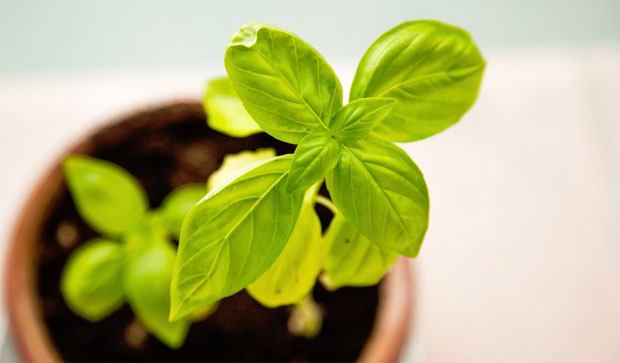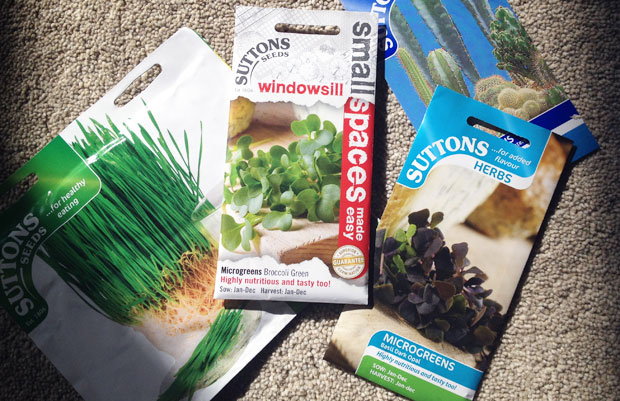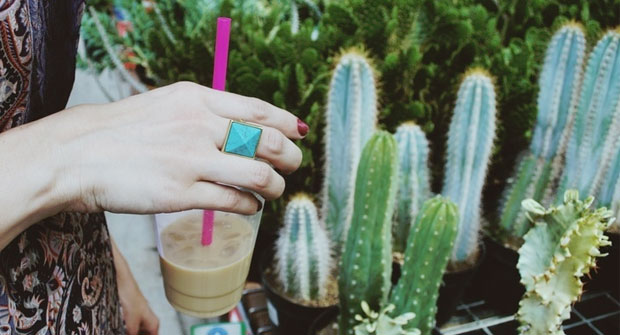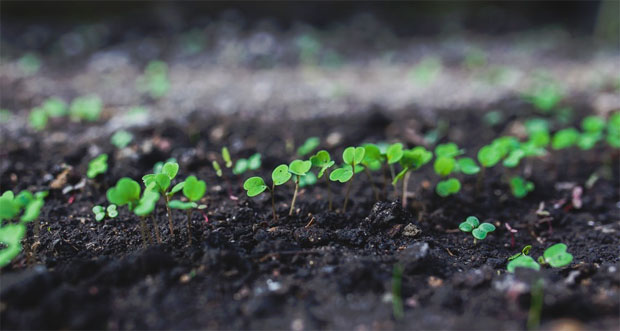What to Sow and Grow in October – Tips for Growing Seeds

What to Sow and Grow in October – Tips for Growing Seeds
One of life’s greatest joys is seeing the growth of something you’ve planted and cultivated yourself. Whether it’s a simple houseplant or your own fruit and vegetables, the trend of ‘growing your own’ vegetables is now a popular trend and something everyone should try at least once.
As well as cutting down on costs, growing your own is an intensely satisfying experience. But unfortunately, growing from seeds can be hard if you don’t know how to go about it. Luckily, the folks at Suttons Seeds have provided a handy list of tips…
Outdoor vs indoors
The first thing you’ll need to do is decide whether you’re going to grow outdoors or inside. Most plants are best grown outdoors — but with the winter upon us, conditions are becoming virtually impossible unless you have a greenhouse. If you don’t have a garden, don’t worry — most of us will have to grow indoors over the winter anyway.
Indoors, you’ll need a sunny spot that gets lots of light, such as a windowsill.
Pick the right plants
Some of the best plants to grow indoors are hardy vegetables such as broccoli, brussels sprouts, cabbage, cauliflower, lettuce, peppers and tomatoes. Herbs are fairly easy to grow indoors too. For plants, stick to perennial flowers like daisies and columbines.
For this season, I have chosen to grow:
- Coffea Seeds – Arabica Nana
- Cactus Seeds – Prickly Characters
- Sprouting Seeds – Broccoli Green-Sprouting
- Wheatgrass Shoots Seeds
- Sprouting Seeds – Basil Dark Opal

Use the right containers
You can’t just stick a seed in some mud and expect it to grow. You’ll want a wide, flat container between 2-3 inches deep with holes in the bottom to allow drainage. Put those pots into a tray and ensure they’re all fully clean before using to avoid plant disease.
Your containers should either be filled with seed starting mix which can be bought pre-made, or you can blend your own by mixing peat, vermiculite and perlite.
Start sowing
When you first sow your seeds, you’ll need to drop them onto the surface of the mixture and space them out evenly to avoid overcrowding. Once you’ve done this, cover them with more mixture that’s about as deep as the three times the width of the seeds. Once you’ve done this, cover the pots with plastic wrap to try and get the seeds to around 70 degrees, where most will germinate. This will vary from seed to seed and you’ll need to look up specific instructions.
Caring for your seeds
Once you’ve planted your seeds, you’ll need to take the same kind of care you’d take for flowers — keeping them warm, damp and well lit. In winter, this might mean buying a fluorescent light to help encourage seedling growth. When the seedlings begin to germinate, turn their containers around to ensure each part of the container gets good light.
Eventually, you’ll need to either move your seedlings outside to experience full growth or increase the focus of your indoor efforts. Check out a full guide to growing indoors at Suttons.
In collaboration with Suttons.




